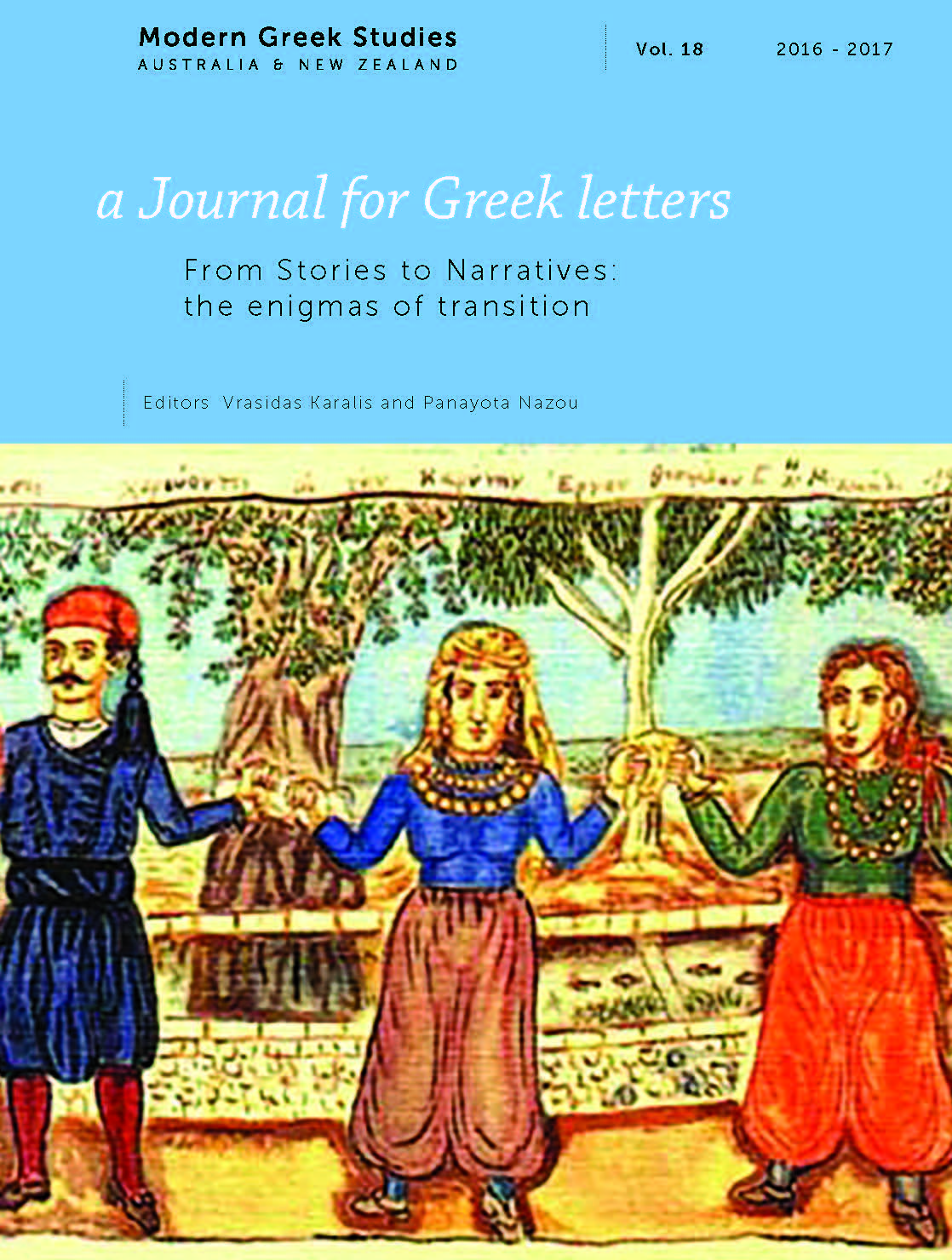Κείμενο και Εικόνα: Ο Τηλεοπτικός Μ. Καραγάτσης
Abstract
This paper is divided into two parts. In the first part I deal with the relations between literature and television, a new expressive and representative media of modern art which combines various forms of art and expression with technology and technique, by connecting text with image and by posing the question of faithful or non-faithful mimesis or representation. The adaptation of literary works into cinematography, written by classic but also contemporary writers, has been a creative conversion of written text into images which revealed the dynamic relation between text and image, but also the value of the seventh art. The same is true about television, which constitutes in our times an important form of expression, communicative but at the same time representative, relating directly to the representative power of cinematography and, from a theoretical point of view, with interpretation which refers to value-judgments exegeses. At any rate, the televised adaptation of a literary work constitutes a creative representation and expression of the script-writer’s and the director’s imagination, since the literary work is usually the first material of a cinematographic or televised production that creates a new form of art and reveals the relations amongst the arts, but also those of the creative contributors involved in it.
